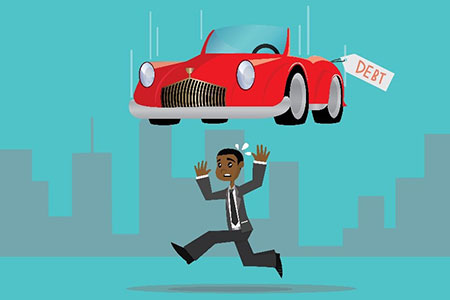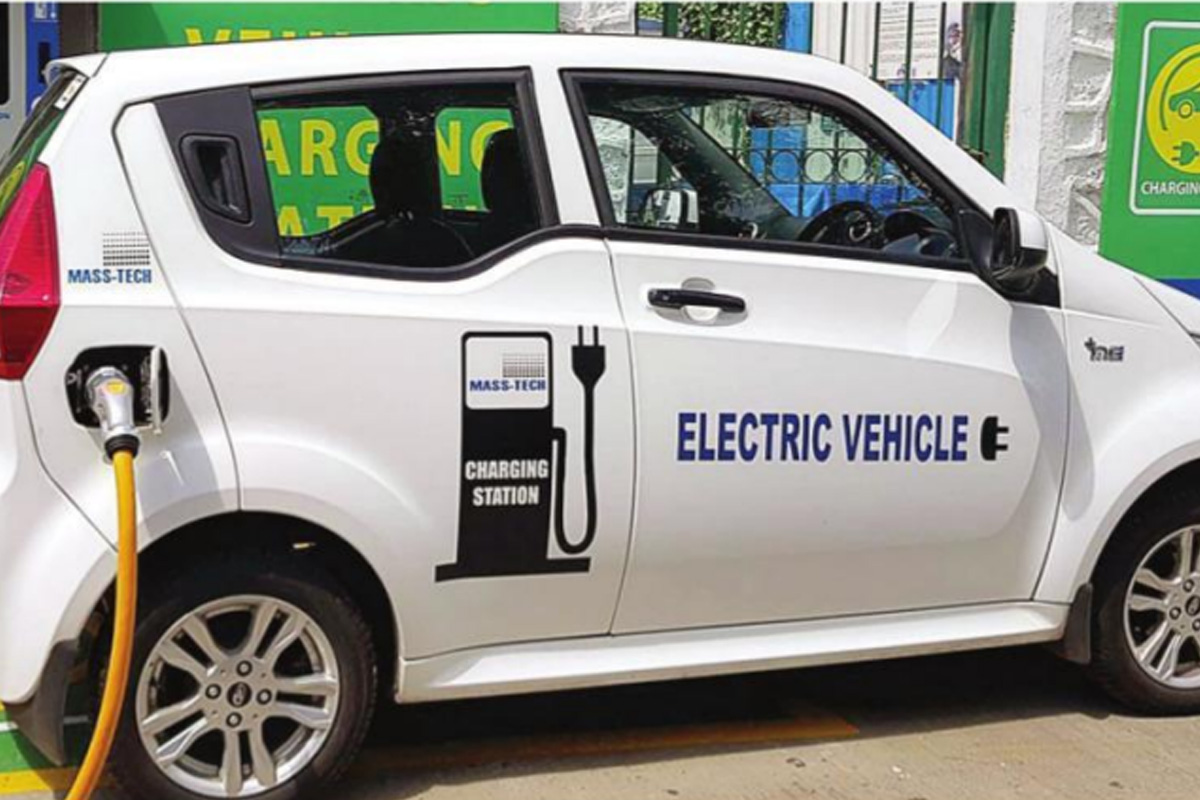It is not just enough to identify the dream car and save towards it. It is also necessary that you time your purchase appropriately. This is to save greatly on the purchase price and to also take advantage of some available offers.
We are quite experienced in this and that is why we decided to write this so you can be more knowledgeable in this area too. We are going to highlight and examine in detail the best and the worst times to buy a car.
The following are the best times to buy a car:
1. End of Months and Years
All factors considered, the ends of the months are by far the most suitable for buying a new car. Study upon study have deduced that buying a car on the 30th or 31st of each month and the ends of the years such as 12/29, 12/30, and 12/31 are the best times. Buying a car at such times can save you a whopping 8.5% or more. You should, therefore, strive to time your purchase to coincide with these timings as closely as possible.
2. Special Holidays and Special Times
Other than end of months, special holidays and other special times also offer good opportunities for the purchase of a new car. These include the first of January, Halloween, Memorial Day, Back-to-school times, Labor Day, and Trade shows. This is mainly because most consumers worry about the gifts they give at such times. Cars are never in their minds. According to the rules of Economics, the prices of cars fall at such times owing to limited demand.
3. Just when an existing model is rendered obsolete
At those times when an existing model is rendered obsolete are also another perfect time to buy. This is because auto dealers will often want to dispose of their stock to create room for newer versions. So, they will often lower their prices in such a manner as to recoup their capital. Profit is never in their minds at such times. You are more-than-likely to spend less when buying a car of this kind.
Also, when a new car model hits the market, it is a good time to buy an older or existing model. The same case should also apply when a competitor has a new car on the market.
4. Car Dealer with Less Business
Not all car dealers are the same. Different dealers have different numbers of clients. Some have a higher client base mainly because of having been in business for so long. Others have fewer clients for the opposite reason: having been operational for a short duration of time.
According to the laws of demand and supply, higher demand translates into higher prices and similarly, lower demand translates into lower prices. It, therefore, follows that dealers with more business will usually charge more for the same make of car than those with less business.
To save yourself a great deal of money, you are advised to opt for the dealers with less business. They are mainly new entrants into the field of car sales. They are also found mainly in the rural areas or suburbs where demand for cars is comparatively low.
5. Low Seasons
Every item has its life cycle. There are moments of peak sales and moments of low sales. It is also necessary to factor such times while shopping for a new car. Generally speaking, December, May, June, September, and October respectively experience the lowest demands for cars. This is because it is at these times car dealers have less business and car orders. You will spend comparatively less on buying a new car at such times than at any other time.
The following are the worst times to buy a car:
1. When a New Model is released
The worst time ever to buy a new car is when a new model is officially released into the market. You are, as a matter of fact, advised to wait for at least 2 months after a release before placing an order. This is for the sheer reason that newer models are in high demand. They are, therefore, priced more expensively than their subsequent versions. Moreover, they are not properly tested for road use and may possibly let you down once in a while.
2. Before the Onset of summer
Summer is undoubtedly the peak driving season. The weather and the visibility on roads are both at their peaks. Most people also spend much of their time outdoors as opposed to spring and winter. Because of these facts, the time just before summer begins experience the highest car sales. If you opt to buy a new car at such a time, you will definitely pay a huge fee as opposed to other times of the year. Buy your car earlier or later than summer.
3. After a Credit Inquest
In case you intend to purchase a new car on hire purchase or on credit, don't do so immediately after a credit inquest. All dealers are by law required to screen their buyers to ascertain their credit worthiness before agreeing to lend to sell them cars on credit. In cases where they discover that you have been through an inquiry, they will levy higher interests due to the risks involved. That is why you have to wait until you have a favorable rating before embarking on a purchase.
4. When a Particular Car is in High Demand
The basic laws of Economics, as has already been stated, dictate that the price of a commodity increases with demand and vice versa. You should, therefore, shy away from those cars that are hot on demand. This is because you will definitely pay a premium. Instead choose those that are not that hot as you will pay less.
5. The beginning of Months, Years, or Weekends
Most people find time to visit auto dealers at the beginnings of the month, year, or weekends. This is due to their tight work schedule during the rest of the time. These peaks in visits to auto dealers create an artificially high demand which results in an artificial increase in price by the auto dealers. You are, therefore, advised against timing your purchase to coincide with these times.
We could go on and on and on if it were possible. However, the limited time and space at our disposal have only enabled us to discuss these few points. We do hope, though, that you have found our explanations satisfactory, insightful, and eye-opening. We now urge you to embark on finding your next car cautiously and using our parameters above as your guide. All the best in your search for your next car!
BiggieTips - Tips and Tricks for your daily life ( http://www.biggietips.com )
We are dedicated to BIG TIPS to help you get things done more efficiently. You will master how to do everything in a bigger way and live smarter. Topics include Home, Health, Lifestyle, Travel, Technology, Entertainment, Business and Video.
* Facebook @BiggieTips
* Twitter @BiggieTips
* Pinterest @BiggieTips
* eBook http://www.biggietips.com/ebook/
Our eBook series will be a collection of Tips and Tricks from our website. If you are an Amazon KU (Kindle Unlimited) subscriber or Prime member, you are eligible to enjoy our eBook for free.
Article Source: https://EzineArticles.com/expert/Bob_Tom/2362899































